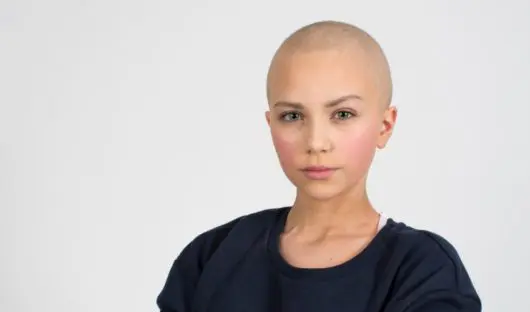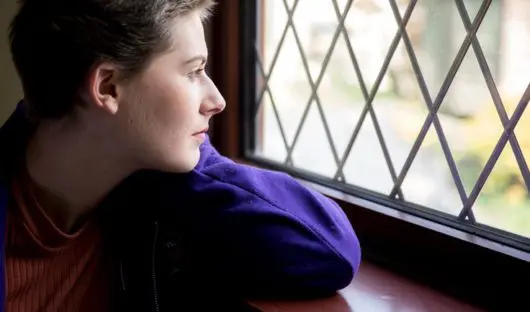Exercise for cancer patients
For cancer patients or those recovering from cancer, exercise can have a really big impact on how you feel physically and mentally. It is important to understand what types of exercise are right for you and how much you should do. This will help you get the most benefit no matter what stage of treatment you are at.
Benefits
Exercise can improve your quality of life and make you feel happier. There is strong evidence that certain types of exercise can reduce stress and make you feel less tired. Studies have also shown exercise can improve quality of life before and after cancer treatment. It can also prevent or improve swelling caused by treatment to the lymph nodes and improve bone health.
Types of Exercise to Do
The types of exercise you do will depend on how you are feeling and what your medical team recommends. You might find it helpful to try an exercise programme created specifically for people with cancer. We recommend Move Charity’s programmes, Trekstock’s Renew programme And the Move Forward programme for young people in Northern Ireland.
How Much Exercise to Do
Regular and gentle exercise is often encouraged throughout cancer treatment but it’s important you speak to your care team first. They’ll take into account how treatment has affected your hormones, flexibility, mobility and more. This will help you work out a plan that puts your health first.
Intensity
If it’s okay for you to exercise, think about an activity you usually enjoy. If that is too intense, consider trying something new.
When you’re low on energy, try something gentle like yoga or swimming. Exercise does not have to mean joining a gym. It can be walking to the shops, dancing or taking the stairs rather than a lift.
Some days you will have more energy than others and that’s okay.
Guidelines
Research has shown exercise is safe and helpful for most people with cancer. Try to stay active if you can. But there are no set guidelines for how much exercise you should do. Everybody is different. Your doctor or nurse can help you choose the type of exercise which is right for you.
Exercise and Treatment Type
The types of exercise you can do will depend on the type of treatment you are having. For example, if you have just had surgery you might have to wait a while before you go back to your usual routine. If your immunity is lowered you might want to avoid places like public gyms or swimming pools.
Chemotherapy
Chemotherapy can stop your immune system from working properly. This means you are less able to fight off infection. During chemotherapy you might need to avoid exercising in places like public gyms or swimming pools.
Chemo can also make you feel tired or unwell. This can be frustrating when you want to exercise. Try gentle exercises like walking to boost your mood.
Talk to your medical team about the best types of exercise for you.
Radiation
There is no reason to stop doing most exercise during radiation therapy if you feel up to it.
You may be advised to stop swimming during radiotherapy. This is because it can cause skin changes which might be irritated by chlorine in the pool.
If you are not having skin problems it is probably okay to swim but check with your doctor or nurse first.
Exercise Before Treatment
Being more active before you start treatment may help you cope with side effects and stress. Being a healthy weight also reduces the risks of complications from surgery.
It is fine to start slowly and gradually build up your activity levels. You can get support to help you set realistic goals.
Exercise During Treatment
Exercising during cancer treatment can help you feel less tired and reduce side effects.
There are lots of things which can affect your ability to exercise. These include the type of cancer you have, the stage you are at and the type of treatment you are having. Your fitness level before you started treatment can also have an impact.
If you were very active before treatment you might need to change the intensity of your workouts and how often you exercise. If you were very inactive before starting treatment, you will need to start slowly.
Always check with your care team before starting a new exercise routine.
Exercise After Treatment
Being active and keeping to a healthy weight can reduce the chance of some cancers coming back but you do not need to rush. Most people are slowly able to increase the amount of time they spend exercising and the intensity after finishing treatment. Take your time and be patient.
In the videos below, Seren and Charlotte talk about exercise on treatment versus what you might feel you’re able to do afterwards. It can include more gentle activities that are good for your mind too – so there’s something for everyone.
Exercise with Advanced Cancer
Exercise can help when you have advanced cancer. It can be a way to relax, improve your quality of life and help you feel less tired. How much exercise you can do will depend on things like side effects of treatment and how strong you are feeling.
Check with your care team about what it is safe for you to do.
When to Avoid Exercise
There are times when you might need to avoid some types of exercise. This could be because of the type of cancer you have or the type of treatment you are having. But there is normally some activity you can do.
For example, if you have bone cancer you might be more at risk of break or fracture. Avoid high-impact exercises which put stress on the bones. Instead try something like swimming or yoga.
If you have low immunity you might need to avoid exercising in crowded settings. Instead, try exercising outside or on your own.
You may need to avoid exercise after surgery. Talk to your doctor about when it is safe to start exercising again and the types you can do.
Published May 2023
Next review 2027
You might also want to read
Cancer and Diet: What to eat and what to avoid
Eating well and exercising can give you a boost. Here are some top tips.
Find out more
Complementary therapies
Complementary therapies can be used alongside treatment. Here's what you need to know.
Find out more
Contacts for your emotions and mental health
Useful organisations, resources, apps and communities for emotional and mental health support.
Find out more